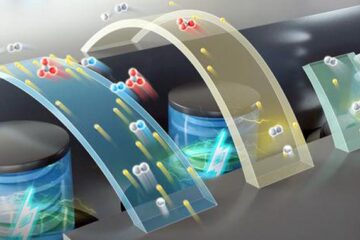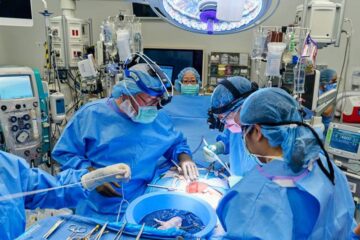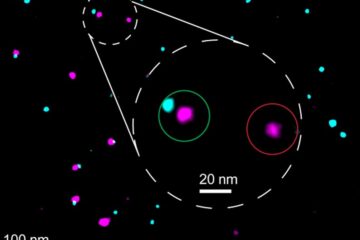Researchers identify which sets of molecules are required to induce T cells

Researchers at Sunnybrook Health Sciences Centre have made a critical discovery in T cell development bringing immunologists one step closer to enabling the creation of tailored T cell therapy that could one day be used to treat patients with AIDS or other immune system deficiencies.
“For the first time we understand which sets of molecules are required to induce different types of T cells,” says Canada Research Chair and principal investigator Dr. Juan Carlos Zúñiga-Pflücker, a senior scientist at Sunnybrook Research Institute who is also a professor in the Department of Immunology at the University of Toronto.
The immune system uses two main types of T cells, alpha-beta and gamma-delta, each with unique roles in protecting us from disease. The findings show that T cell progenitors will develop into mature gamma-delta T cells despite the absence of the Notch molecule, a molecule that Zúñiga-Pflücker's lab recently showed was essential for the early-stage development of both types of T cells.
Published today in the journal Immunity, the research is also the first to show at what developmental stage the two types of T cells become distinct lineages. The lead researcher, Maria Ciofani, a PhD student in Zúñiga-Pflücker's lab, used precise cell isolation techniques to show which molecular cues are needed, and when for each lineage development. Collectively, the work clarifies how both T cell types can be generated in the laboratory, thereby enabling further study directed at tailoring their unique functions to specific clinical needs.
Gamma-delta T cells in particular hold exciting clinical promise for their ability to orchestrate immunity to a broad range of foreign molecules; experiments in mice have shown that gamma-delta T cell injections can eliminate cancerous tumours, although much work remains to translate this research into viable clinical therapy.
Zúñiga-Pflücker was recently identified by the prestigious Thomson Scientific Essential Science Indicators as one of the most cited researchers in the field of immunology for his landmark December 2002 paper in Immunity, which showed how to generate T cells from stem cells in a Petri dish. In addition to enabling Zúñiga-Pflücker's current work, this breakthrough discovery established a simple and effective way for other researchers to study T cell development, and has advanced this study in hundreds of labs around the world.
Media Contact
More Information:
http://www.sunnybrook.caAll latest news from the category: Life Sciences and Chemistry
Articles and reports from the Life Sciences and chemistry area deal with applied and basic research into modern biology, chemistry and human medicine.
Valuable information can be found on a range of life sciences fields including bacteriology, biochemistry, bionics, bioinformatics, biophysics, biotechnology, genetics, geobotany, human biology, marine biology, microbiology, molecular biology, cellular biology, zoology, bioinorganic chemistry, microchemistry and environmental chemistry.
Newest articles

High-energy-density aqueous battery based on halogen multi-electron transfer
Traditional non-aqueous lithium-ion batteries have a high energy density, but their safety is compromised due to the flammable organic electrolytes they utilize. Aqueous batteries use water as the solvent for…

First-ever combined heart pump and pig kidney transplant
…gives new hope to patient with terminal illness. Surgeons at NYU Langone Health performed the first-ever combined mechanical heart pump and gene-edited pig kidney transplant surgery in a 54-year-old woman…

Biophysics: Testing how well biomarkers work
LMU researchers have developed a method to determine how reliably target proteins can be labeled using super-resolution fluorescence microscopy. Modern microscopy techniques make it possible to examine the inner workings…





















